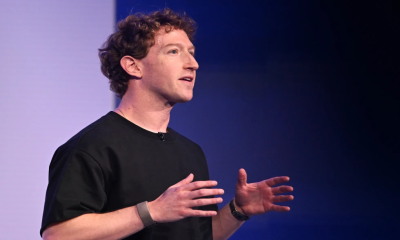People around the world spend plenty on Halloween, but the holiday`s economic impact in the US is staggering. Across the US, the National Retail Foundation (NRF) expects 2023`s Halloween spending to hit a record $12.2bn, exceeding last year`s record of $10.6bn.
While Halloween spending may not hold a jack-o-lantern to the gift-centric winter holidays of Hanukkah or Christmas, or the costly family feasts of Thanksgiving or Eid al-Fitr, experts say consumers still can`t resist laying out cash during spooky season. NRF data shows Americans spend an average of $108 each on a mix of costumes, candy, home decor and party supplies (in contrast, only half of Canadians expect to spend more than C$50 this year).
For many people, Halloween isn`t just about wandering around the block to trick-or-treat for a couple hours, or attending a friend`s party in a rented costume – it can extend to a full season of events for adults and kids alike. Retailers are cashing in on its popularity, deploying a number of tricks each season to drive up spending on candy, pumpkins and all manner of merchandise.
The Halloween ritual
Millennia ago, the holiday known throughout the Western world as Halloween was a far more solemn time. Known to the Celtic peoples as Samhain, it represented the end of the summer and a day when the barrier between the living and the dead was believed to be at its thinnest. Spirits, both good and ill, were believed to wander freely among the Earth. Dressing up in costumes and offering food was a way of placating their potential wrath. Today, these rituals are mainly observed by a relatively small number of Neopagan believers.
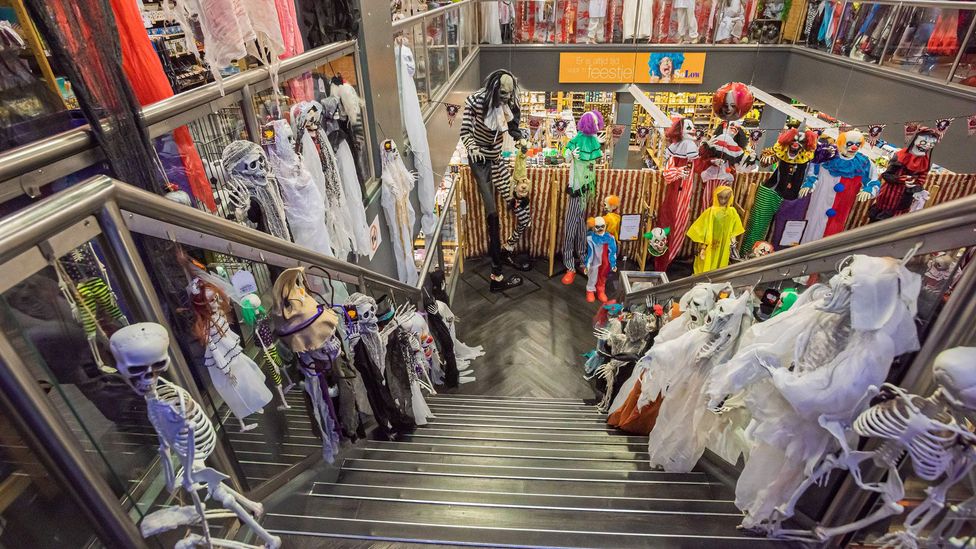
Consumers are still willing to spend on "ritual artefacts", like costumes, even when the economy is tight (Credit: Getty Images)
But Halloween celebrants today, regardless of their religious convictions, buy into Halloween for another reason: familiarity. "Humans love rituals," says Stacy Wood, a professor of marketing at North Carolina State University`s Poole College of Management, US. "Rituals give meaning to our lives."
And one of the most important aspects of a ritual, be it a religious celebration or a party, are "ritual artifacts". On Halloween, that means costumes, candy and pumpkins. All these items are integral to the celebration of the holiday`s ritual, says Wood, and people are eager to buy them.
This spending is largely recession resistant, and continues during tough economic, political and social climates. Wood says spending on ritual artifacts, such as costumes, is "fairly price insensitive"; consumers will continue to shop, even if times are bad.
Although the pandemic left some stores struggling in 2020, Halloween spending stayed high even during the worst years of Covid-19, she says. In 2020, the NRF reported consumers still purchased more than $8bn of goods for the holiday. That year, in her neighbourhood in Chapel Hill, North Carolina, residents found ingenious ways to celebrate while minimising their exposure to the virus. One of Wood`s neighbours built a catapult to launch candy to nearby kids. "This is anecdotal data," she says, "but my kids came home with more candy on Halloween of 2020 than ever before."
This year, Philip Rist, a US-based retail analyst and executive vice president of strategy at Prosper Insights & Analytics, expects Halloween participation to be the highest it has been in years. For instance, NRF data shows about 32% of respondents say they plan to throw or attend a Halloween party. "The last time that number was anywhere near there," says Rist, "was 2019, right before the pandemic."
Americans are also expected to spend $3.9 billion this year on home decorations alone – around a third of all Halloween purchases. Some of the decor items can add up to hundreds, even thousands, of dollars alone, says retail analyst Bruce Winder. Home Depot`s 12-foot skeleton – known popularly as "Skelly" – has already sold out three times this year, even with its $300 price tag.

Home Depot 12-foot skeleton – "Skelly" – has sold out three times this year, despite its $300 price tag (Credit: Getty Images)
Tricks for treats
Retailers across the globe understand the thrill of spooky season, and use it to their advantage to keep consumers shopping. Winder, who also served as the merchandising manager for seasonal items at Canadian discount-store chain Zellers, points out the Halloween drumbeat starts well before 31 Oct.
"The idea, from the retailer`s perspective, is not only about picking up incremental sales, but to create a `top-of-mind` awareness for consumers," he says. Between decking out homes and stocking up on candy all month, consumers are making Halloween-related purchases weeks in advance when they see goods on the shelves.
He expects spending on bigger-ticket items may be a little softer in 2023 due to the currently tumultuous economy, but consumers will still spend lots of money on treats and costumes. Dollar stores, thrift stores and other budget retailers stand to earn plenty of business on Halloween sales, even with inflation and high interest rates continuing to rattle consumer confidence. Creative solutions like these help make Halloween "a little bit insulated from economic downturns", says Winder. "Like any holiday, you can do it up and spend a lot, or you can do it a little bit on the cheap."
Social media can also drive sales, as users share their Halloween stories, decorations and costumes. Katherine Cullen, vice president of industry and consumer insights at the NRF, says much of Halloween`s rise in popularity comes from young people posting about their get-ups for the world to see.
"It`s, all of a sudden, very easy for people to share their creativity more broadly when it comes to customers and to see what other people are doing," she says. "I think it`s continued to give life to the holiday and kept it at the forefront for a lot of consumers."
Add together these factors, and the result is a witches` brew of consumer spending – even as consumers tighten their budgets with rising cost of living. Economic uncertainty leads to consumers clinging to rituals, agree experts, especially ones that don`t require the major spending and familial expectations of more religious holidays. And in a scary world of interest rate hikes and political turmoil, a day centred on make-believe can be a welcome balm for adults.
As Rist says, "Halloween is a hall pass – permission to escape the real world for a day."


-20231016140501.jpg)


-20260107111805.webp)
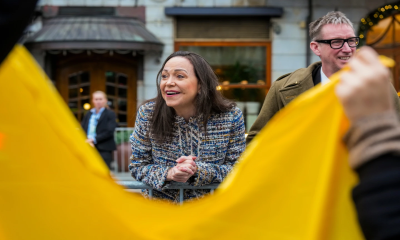

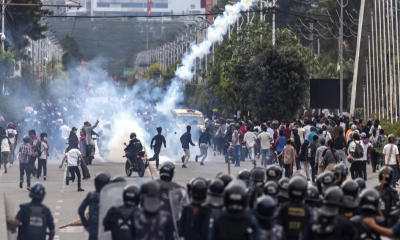







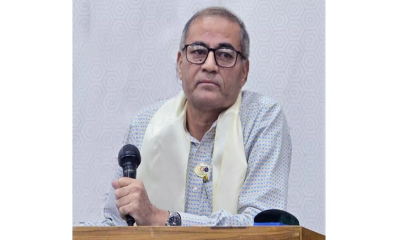


-20260107070753.jpeg)
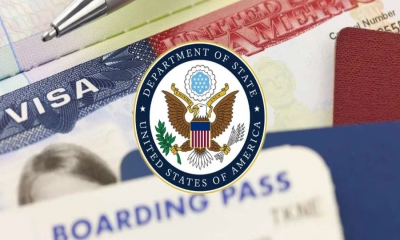
-(2)-20260102070806.jpeg)


-(25)-20251122062715-20260105041159.jpeg)


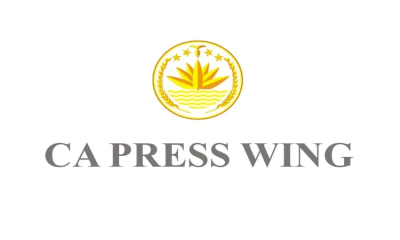


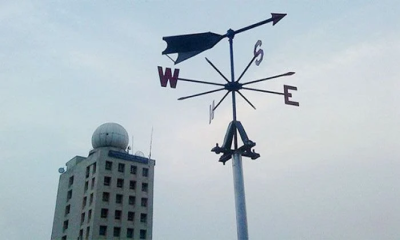


-20260103102222.webp)

